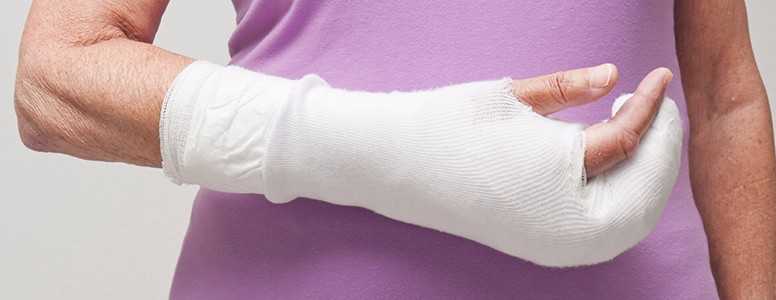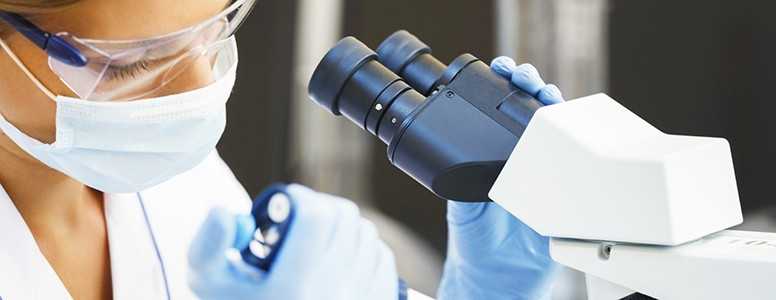The repair process of broken bones in patients with diabetes could be enhanced by adding stem cells from human bone marrow, researchers have suggested.
These findings were presented by a National University of Galway team led by Dr. Cynthia Coleman at the European Congress of Endocrinology in Dublin.
Prolonged exposure to high blood glucose levels can decrease the healing speed of broken bones in people with diabetes. The likelihood of an accident can also be increased due to nerve damage in the eyes and feet.
The Galway researchers added human bone marrow stem cells from non-diabetic donors to one group of diabetic patients with bone fractures. In a second control group, patients were not given these stem cells.
Significantly stronger
The first group were observed to heal much faster, while the bones were observed to be significantly stronger and able to withstand more stress.
The team reported that the stem cells produce signals which encourage the patient’s own cells to heal the bone fracture more efficiently. The stem cells do not integrate permanently into the host tissue.
This could subsequently lead to significant treatments for broken bones in patients with diabetes, and reduce the time it takes for bone fractures to heal.
Dr. Coleman said: “This basic science study allows us to better understand the role of stem cells in fracture repair and potential use in treating diabetic patients.
“Stem cells represent an exciting potential for improving the treatment and lessening the pain and discomfort of diabetic people who break bones,” Coleman added.
What's new on the forum? ⭐️
Get our free newsletters
Stay up to date with the latest news, research and breakthroughs.




